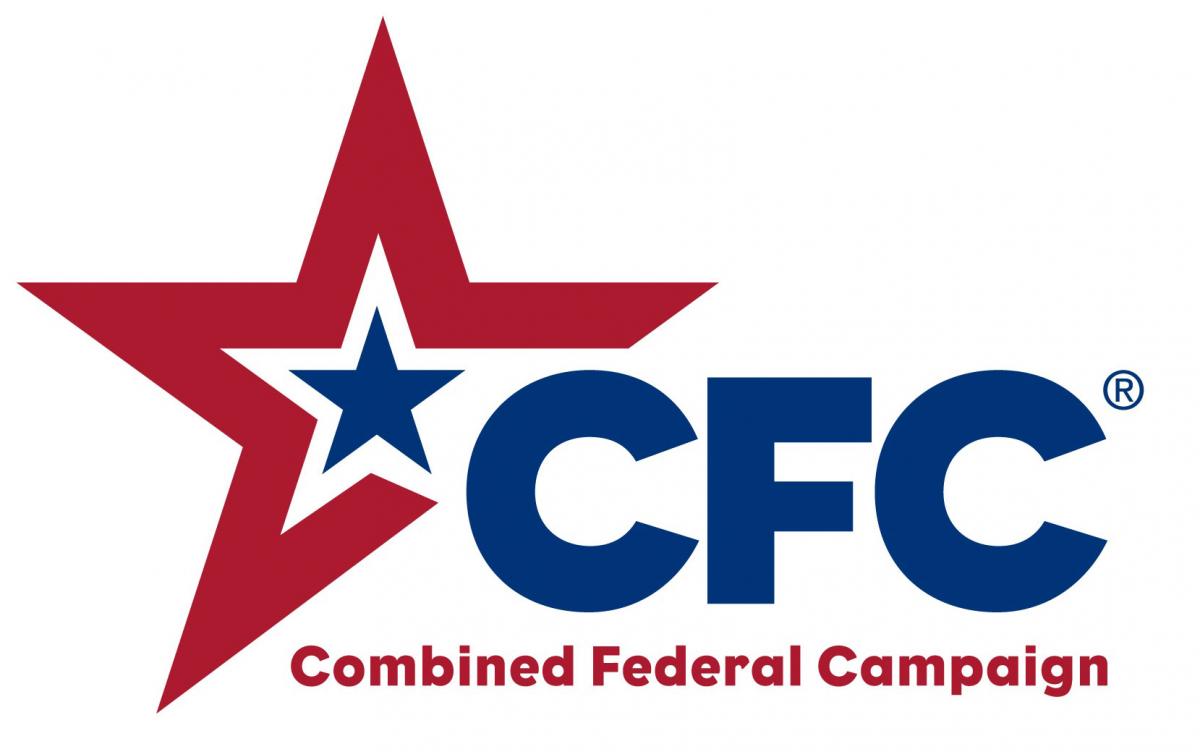Praying the Rosary with Our Lady of Guadalupe and Tales of Immigrants - The Luminous Mysteries
Last Updated
Topics
Our Lady of Guadalupe
Our Lady of Guadalupe appeared to St. Juan Diego in 1531, speaking in his native language and requesting that he go to the head of the church in Mexico and ask that a church be built in the place where she appeared. Juan Diego faced rejection and later was tested by having to persuade Bishop Juan de Zumárraga of the miraculous apparition. Mary offered him consolation and guidance. Faithfully following her instructions, Juan Diego went to the top of a hill, where he found his sign—a garden of roses in a typically barren spot. He picked the roses and brought them back to the Virgin Mary, who arranged them in his cloak. When Juan Diego returned to the bishop to present the roses and retell the story of Mary’s appearance, another miracle occurred. Mary’s image appeared on the cloak. Convinced by the miracles that Mary was indeed present, the bishop had a church built as she had asked. Juan Diego’s cloak was placed above the altar, where it is still displayed. For many, Our Lady of Guadalupe has been a source of strength, protection, and encouragement to remain faithful through trials and hardship.
The Rosary helps to recall significant mysteries in our faith and brings us into prayer around them. With these reflections about the lives of immigrants with whom the staffs of our affiliates have worked, the Catholic Legal Immigration Network, Inc. (CLINIC) invites you to join us in praying for dignity and justice for our immigrant sisters and brothers. Just as the Luminous Mysteries of the Rosary shed light on an important aspect of Christ’s mission, we hope these reflections will shed light on some immigrant experiences.
How to Pray the Rosary
- Begin by making the Sign of the Cross. Then say the Apostles Creed.
- Recite the Our Father.
- Recite a Hail Mary on each of these three beads.
- Recite the Glory Be. Then meditate on the first mystery, followed by the Our Father.
- Recite 10 Hail Marys, one for each bead of the decade.
- Recite a Glory Be. Then meditate on the second mystery, followed by the Our Father.
- Recite 10 Hail Marys, one for each bead of the decade.
- Recite a Glory Be. Then meditate on the third mystery, followed by the Our Father.
- Recite 10 Hail Marys, one for each bead of the decade.
- Recite a Glory Be. Then meditate on the fourth mystery, followed by the Our Father.
- Recite 10 Hail Marys, one for each bead of the decade.
- Recite a Glory Be. Then meditate on the fifth mystery, followed by the Our Father.
- Recite 10 Hail Marys, one for each bead of the decade.
- Recite the Hail Holy Queen and end with making the Sign of the Cross.
The baptism in the River Jordan: Jesus is baptized by his cousin, John the Baptist, in the River Jordan.
Consider this story as you meditate on the first mystery.
Myriam, age 62, came to Catholic Charities of Worcester, Massachusetts, for help in realizing her long-time dream of becoming a U.S. citizen. She was originally from Nicaragua and had many health problems. She is confined to a wheelchair and cannot drive, so she took two buses each way and powered her wheelchair up the hill from the bus stop to attend citizenship classes. She was a great inspiration to others as she cheerfully rolled through the parking lot in all kinds of weather. With the help of Catholic Charities, she filed her N-400 Application for Naturalization and passed her citizenship exam with ease. Myriam was ecstatic about becoming a citizen. She struggled to come to this country but is most grateful to have the health care she needs. She was so inspired by the volunteer instructors who helped her pass her exam that she is now giving back to the country that has done so much for her. An accomplished seamstress, Myriam is now teaching her trade to others and helping them start their own businesses.
The wedding feast of Cana: Jesus performs his first public miracle by changing water into wine at a wedding feast.
Consider this story as you meditate on the second mystery.
Juan came to the United States after fleeing his native Honduras, where he was a journalist. In Honduras, he spoke out about the violence and gang problems in his community. The stories he wrote criticizing drug traffickers brought their retaliation. He received repeated threats and was later assaulted. In the face of escalating violence and with nowhere else to turn, he made his way to the United States. When he arrived, he was immediately detained and spent seven months in a Texas detention center. During those seven months, CLINIC’s Board of Immigration Appeals Pro-Bono Project helped Juan obtain asylum in the United States. Juan’s thank-you letter described his feelings of being free in this great country and of the new dreams and opportunities that have changed his life and the lives of his children.
The proclamation of the Kingdom of God: Jesus goes about preaching and proclaiming the coming of the Kingdom of God.
Consider this story as you meditate on the third mystery.
Clara met her U.S. citizen husband while he was on vacation in Mexico in 2000. After dating long-distance for two years, her husband sent for her and she entered the U.S. without documentation in 2002. The couple married in 2006 and had a child, but then things changed. Her husband became verbally abusive. The abuse quickly turned physical. On one occasion, he tried to choke and stab Clara. He often threatened her over her immigration status. He told her that if she reported the abuse, her daughter would be taken away and that she would be automatically deported. Despite living in fear, Clara was able to finally seek help and Catholic Charities of the Archdiocese of Chicago submitted an application for relief through the Violence Against Women Act (VAWA). She soon received her employment authorization card and became independent and self-sufficient. Later, she was formally allowed to stay under VAWA and received her lawful permanent resident card. She’s now looking forward to traveling to Mexico to see her family after being away for 13 years.
The Transfiguration: Jesus takes Peter, James and John up onto Mount Tabor, where Moses and Elijah appear with Jesus. Jesus appears as both human and divine.
Consider this story as you meditate on the fourth mystery.
Ana and her brother, Pablo, graduated from college on the same day, May 9, 2015. Saying that their parents were proud that day would be an understatement. Ana had said it wouldn’t feel real until she was holding her diploma in her hand. She felt the same way about the work permit Maxwell Street Legal Clinic helped her get in 2012. Ana and Pablo were among the first Deferred Action for Childhood Arrivals (DACA) clients of Maxwell Street’s volunteer attorneys. Before DACA, Ana and Pablo were not legally allowed to work or drive. Now, like hundreds of thousands of young immigrants in the U.S., they can apply for jobs and driver’s licenses. In 2010, Ana co-founded the Kentucky Dream Coalition. Last summer she interned with the Lexington Herald-Leader newspaper. With her BA in mass communications and journalism from Kentucky State and her brother’s AA in arts and psychology from Bluegrass Community and Technical College they are both looking forward to continuing to make their parents proud.
The Institution of the Eucharist: At the Last Supper, Jesus turns bread and wine into his body and blood. He makes the apostles his first priests and gives them the power to do the same in memory of him.
Consider this story as you meditate on the fifth mystery.
Roxana arrived in the U.S. with a tourist visa from El Salvador in 2002. She remained in the country, undocumented, after her visa expired. She has spent those years working as a housekeeper in many hotels and cleaning countless houses to help provide for her three daughters. American Friends Service Committee in Des Moines helped two of her daughters gain DACA status, but she herself has never had another option. She was so happy when the Deferred Action for Parent’s of Americans and Lawful Permanent Residents (DAPA) was announced. She was looking forward to finally getting a more dignified job and helping one of her daughters pay for college. It was disappointing when DAPA was put on hold. Equally upsetting was realizing that the opponents of DAPA did not care what delaying the program would mean for her and her family. She continues to pray that DAPA will go forward and she can live without the fear of being separated from her family.





